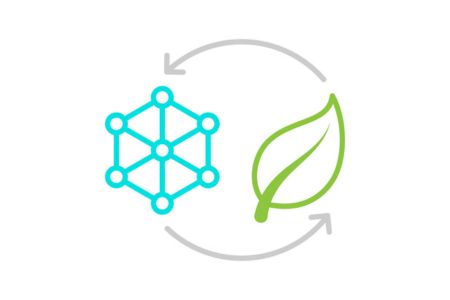

July 10 2024
Gabriela Martin, Marketing Coordinator

As climate change continues, the growing awareness and importance of preserving our planet drives higher demand for new, sustainable alternatives to traditional plastics in order to protect our environment. While many alternatives have been explored and experimented with over the years, Polylactic Acid (PLA) and Polyhydroxyalkanoates (PHA) have gained the most traction as increasingly viable materials to replace traditional polymers derived from fossil fuels, such as Polypropylene (PP) and Polyethylene (PE).
PLA (Polylactic Acid)
PLA is made from fermented plant starch, most often from corn, sugarcane, or sugar beet pulp. This starch is fermented to produce lactic acid, which is consequently polymerized to form polylactic acid. It is biodegradable under industrial composting conditions but can take several months to years to biodegrade in natural conditions. Its main production applications include packaging materials, disposable tableware, 3D printing filament, and medical implants (due to biocompatibility).
PHA (Polyhydroxyalkanoates)
PHAs are produced through the bacterial fermentation of any sugar or lipids. Specific bacteria will synthesize PHA as intracellular granules when they are cultivated in nutrient-limited conditions with excess carbon sources. From there, the PHA can be extracted and purified from these bacteria microbes. PHA is biodegradable in a wide range of environments including soil, marine, and freshwater and it typically biodegrades faster than PLA under natural conditions. Its main production applications include packaging materials, agricultural films, biomedical applications (e.g. sutures and drug delivery systems), and disposable items such as cutlery and plates.
What is the history of these biopolymer materials?
PLA was first developed in the 1990s and gained traction in the polymer market about 20 years ago, driven by advancements in fermentation technology which allowed for the efficient production of lactic acid from renewable resources. Since its commercial introduction, PLA has seen significant growth due to its biodegradability, compostability, and origin from renewable resources. It has become one of the most widely used biopolymers globally, making up about 25% of all biopolymers on the market today.
PHA is relatively new to the biopolymer commercial market but it took over 40 years of technology development to attain that viability. While advancements in biotechnology have revived interest and expanded the use of PHA in the past five years, it is still in its early stages of commercial introduction. Because PHA does not process through extrusion machinery as well as PLA, many companies are choosing to produce biopolymer-based products made from a blend of PLA and PHA. However, the ultimate goal for many of these companies is to find a way to achieve 100% use of PHA, as it is more readily biodegradable in natural environments and it also can be synthesized from a wider source of raw materials compared to PLA.
What are some of the challenges with these biopolymers?
At Parkinson Technologies, many of our customers have run PLA and PHA on our extrusion and biax orientation pilot line over the past two decades. In particular, trials using PLA/PHA blends have increased approximately 50% over the past two years due to efforts from companies around the world to find sustainable alternatives to traditional plastics. While this strong desire for rapid growth in the biopolymer market is certainly a positive transition for the industry as a whole, there are also challenges in managing performance expectations of biopolymers compared to traditional plastics. For example, polypropylene (PP) has a density of 0.9 g/cm3 and arguably is the easiest polymer to process through a biaxial orientation line to create film and sheet, whereas PLA’s density is more than 30% greater, which results in higher material and production costs for polymer processors and heavier end-market products.
Not only is there an increase in cost when producing these bioplastics, but there are also certain functional challenges in the final product which are difficult to ignore. For instance, because PLA and PHA have higher air and moisture permeability than PP, their reduced barrier performance limits applicability for perishable goods packaging. Additional performance gaps vs. traditional plastics exist as well, such as temperature and chemical resistance. However, viable application areas for biopolymers definitely exist and companies committed to finding sustainable solutions continue to make headway in using biopolymers rather than traditional plastics. Despite this progress, developing the perfect biopolymer that can be widely substituted for traditional plastics remains very challenging and this will demand an ongoing acceptance of performance and cost compromises in the name of sustainability.
What does the future of biopolymers look like?
While it has proven challenging to manage expectations related to new biopolymer materials, these polymers will continue to improve in the coming years and their presence as alternatives to traditional plastics is projected to grow over time. Investments in new facilities and technologies will result in increased production capacity for PLA and PHA, resulting in unit cost improvements as economies of scale are achieved and the materials become increasingly competitive with traditional plastics. There are also expected performance improvements for these polymers in their thermal resistance and mechanical strength as ongoing research is conducted which will broaden the application range of the materials. While growing consumer awareness about the environmental impact of plastics has driven the initial demand for biopolymers, it will still take an extended period of time to achieve large-scale market acceptance. Although PLA and PHA are widely recognized examples of sustainable alternatives to traditional plastics, it is the hope that biopolymers in general attain wide-scale use as the staple polymer material in the coming decades of this industry.